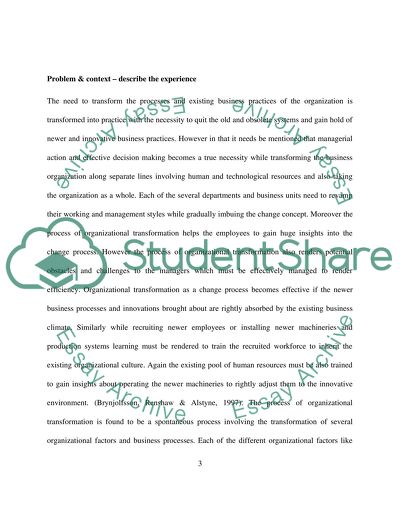Cite this document
(“Organisational Transformation in Practice Essay - 2”, n.d.)
Retrieved from https://studentshare.org/environmental-studies/1418711-organisational-transformation-in-practice
Retrieved from https://studentshare.org/environmental-studies/1418711-organisational-transformation-in-practice
(Organisational Transformation in Practice Essay - 2)
https://studentshare.org/environmental-studies/1418711-organisational-transformation-in-practice.
https://studentshare.org/environmental-studies/1418711-organisational-transformation-in-practice.
“Organisational Transformation in Practice Essay - 2”, n.d. https://studentshare.org/environmental-studies/1418711-organisational-transformation-in-practice.


